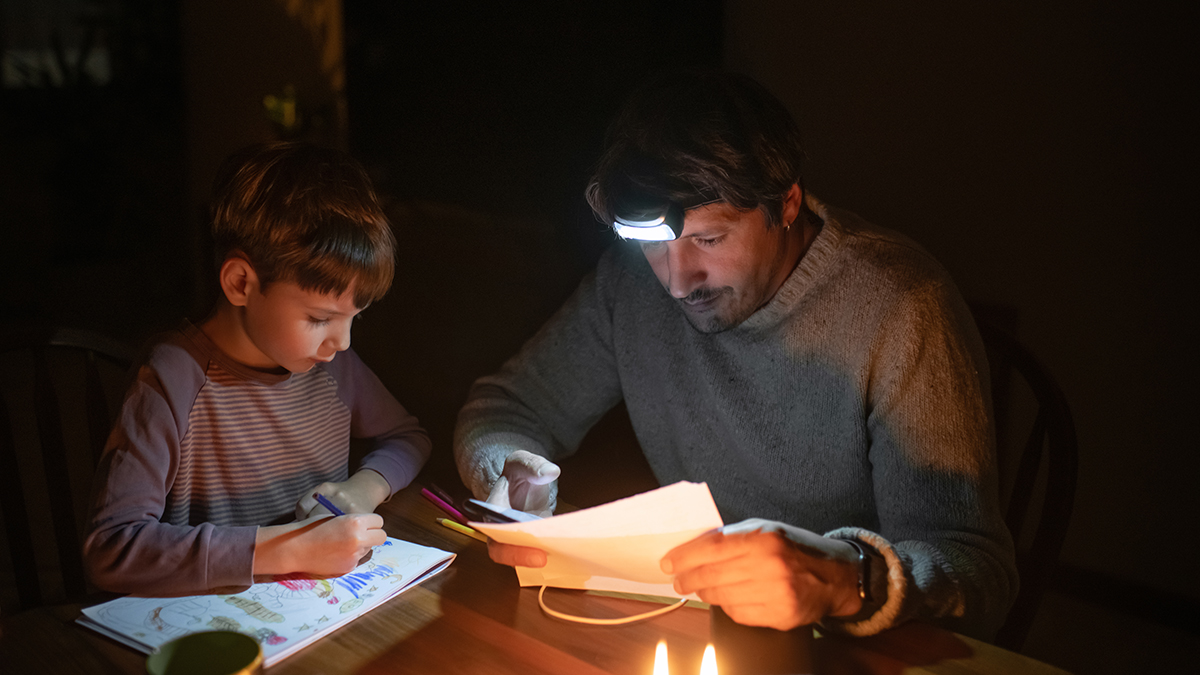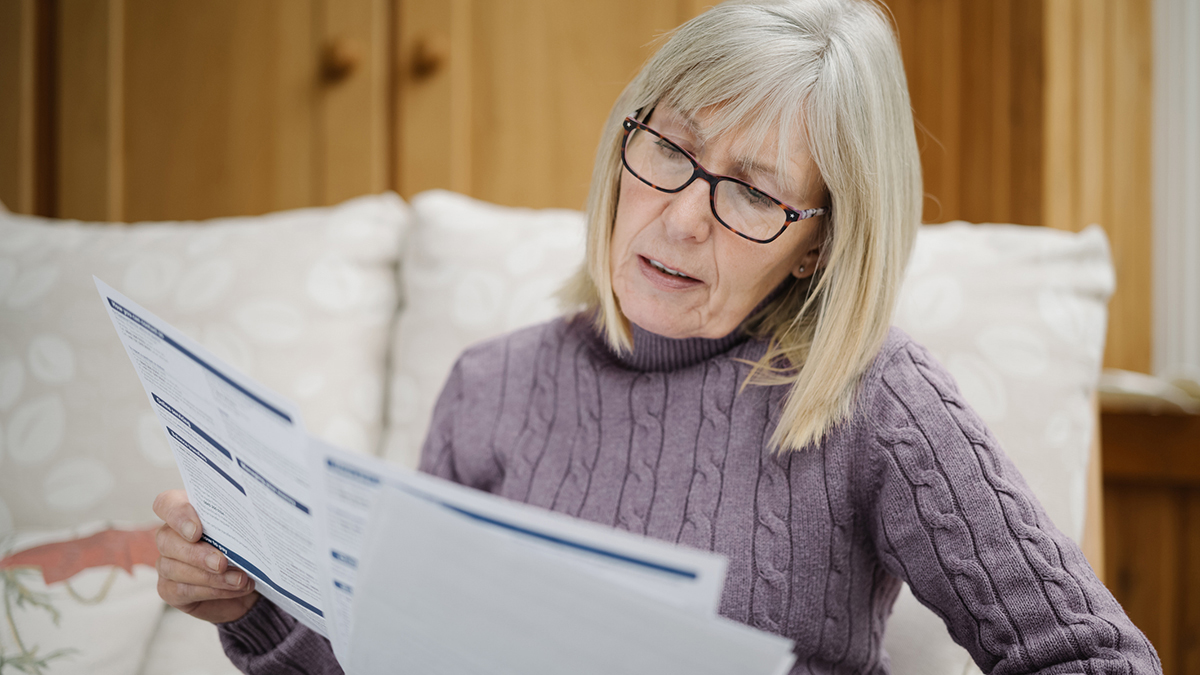Get our independent lab tests, expert reviews and honest advice.
Remote Aboriginal communities left behind in Australia’s rooftop solar boom
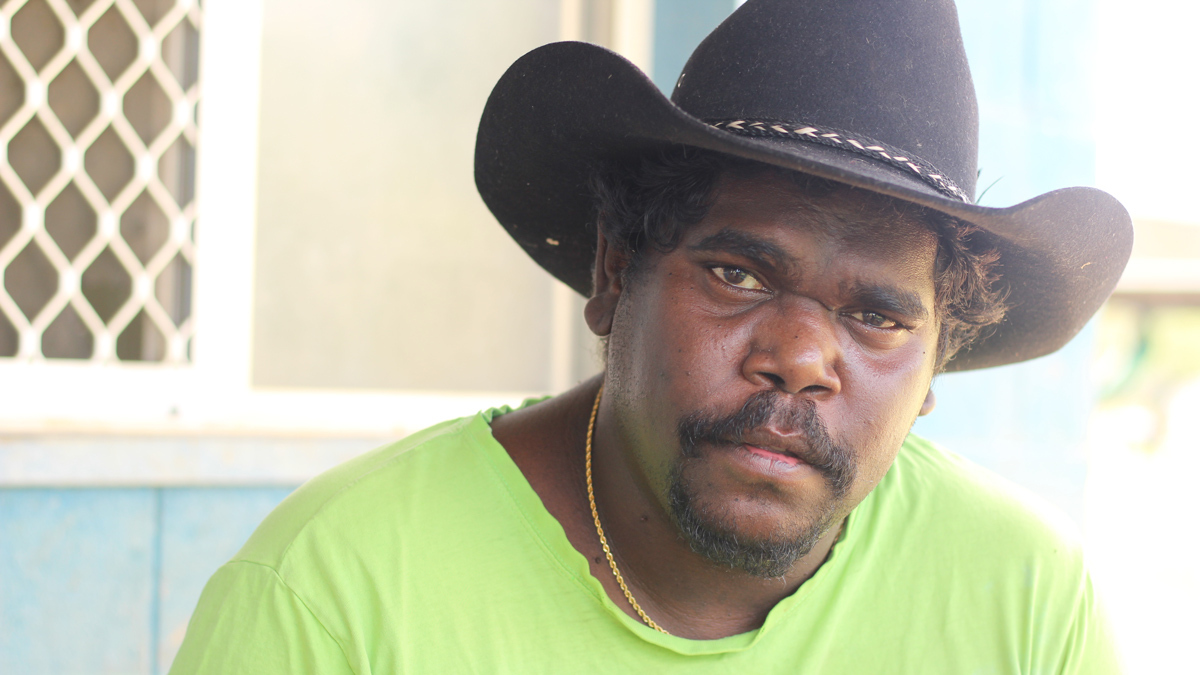
Need to know
- Remote Aboriginal households in the Northern Territory experience some of the highest levels of energy insecurity in the country
- Rooftop solar provides a potential solution to reduce costs and blackouts
- Aboriginal NGOs are working to overcome hurdles to rooftop solar integration
When the temperature soars above 40°C, which is common in the summer months, Ethan Godfrey and the children in his household do whatever they can to stay cool.
“We get water and put it in the fridge just to make cold water, but if we don’t have any power what can we do?” the Mudburra and Jingili man says.
Like many who live in the desert community of Marlinja, some 290 kilometres north of Tennant Creek in the Northern Territory, Ethan’s house experiences blackouts as a regular occurrence.
“How do we manage a sustainable life in this community? Paying a couple of hundred bucks just to keep our fridge and power on every fortnight has used up a lot of our money and I have kids to feed as well,” he says.
Watch: Remote communities left behind in solar boom
Prepaid meters leaving households disconnected
For around 10,000 Aboriginal households in the Northern Territory, mostly in remote areas, getting power and keeping it on can be a difficult task.
Because power is run through a prepaid smart meter, power cards need to be purchased from the local store or online and swiped on to the meter. If you don’t have money on your meter, it simply cuts out.
This means consumers don’t have the same regulated protections against energy disconnection as those living in urban areas or on post-paid billing systems.
Michael Klerck is the social policy and research manager at Tangentyere Council, the umbrella organisation for the 16 town camps around Alice Springs where the majority of households are on prepaid meters. He says disconnection rates are extremely high, particularly in the hotter months.
“Studies have shown 91% of households are disconnecting for power and they are disconnecting at a rate of 53 times per annum on average. When they disconnect, they are disconnecting on average for eight hours,” he says.
Some people go without power for weeks if they don’t have any money. They either sit in the dark or out under a tree if it’s a hot day
Vanessa Napaltjari, senior Aboriginal researcher at Tangentyere
He adds that poor building standards and overcrowding means that Aboriginal households use more energy, with the average Alice Springs town camp household spending more than $3000 per year on power.
Vanessa Napaltjari Davis, senior Aboriginal researcher at Tangentyere, lives in one of the town camps on the outskirts of Alice Springs and says that feelings towards prepaid meters in the community are mixed. She considers the inability to rack up large, unpayable debts as one positive of the system, while the frequent blackouts are a downside.
“You have to be on top of it. Not everyone is like that in the town camp, some people go without power for weeks if they don’t have any money. They either sit in the dark or out under a tree if it’s a hot day,” she says.
Outside of the NT, prepaid meters are also in place on around 4500 homes in Far North Queensland and 1300 homes in Western Australia’s Kimberly region. They are also currently being rolled out across the APY Lands in South Australia.
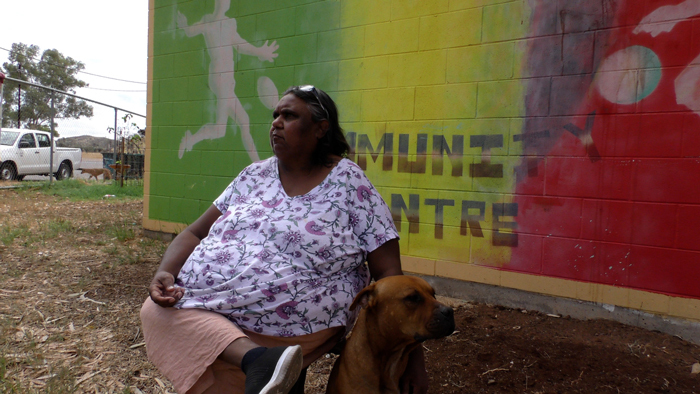
Solar could provide ‘a win-win’ solution
Across Australia, rooftop solar is booming as households take advantage of renewable technology to lower power bills and help the environment. According to industry analysts Sunwiz, there are approximately 3.4 million households in Australia equipped with rooftop solar, and in April this year, the total power generated from these solar installations exceeded that of coal. This shift was propelled in part by the closure of major coal-fired power plants, including Liddell in New South Wales.
Brad Riley, a research fellow at the Australian National University’s Centre for Aboriginal Economic Policy Research says the NT has some of the most suitable weather for solar power generation in the world.
“For residents using prepay, rooftop PV (photovoltaic) has additional benefits over and above the significant benefit of reduced energy costs. It can work to keep people connected to energy services, which is a really powerful thing and speaks to the benefit that PV can bring for previously energy-insecure households,” he says.
The NT has some of the most suitable weather for solar power generation in the world
In the NT, energy distribution is managed by the NT government-owned Power and Water Corporation and there is just one energy retailer, Jacana Energy. For remote communities, power mostly comes from diesel generation with the costs partially subsidised by the government.
Riley says encouraging and funding rooftop solar on individual properties would provide a win-win situation, with households reducing their costs, the government spending less on subsidies, and householders realising the many health and wellbeing benefits that are commonly associated with improved household energy security.
Regulatory hurdles blocking progress
Despite the potential benefits, getting rooftop solar projects up and running hasn’t been easy. Luritja man Chris Croker, a committee member for the First Nations Clean Energy Network, says the Territory’s government has put a range of regulatory hurdles in place to prevent projects from going ahead.
“There’s basically no pace of progress, it has completely stalled. There’s no action, except for when small community groups have challenged and pushed all of the barriers,” he says.
“It’s frustrating. I’m born and raised in the Northern Territory and many of my family live in public housing across the Territory from Darwin down and out to the remote communities in Central Australia. Week on week my family’s ringing saying they can’t afford electricity or the prepayment meter has run out of credit again.”
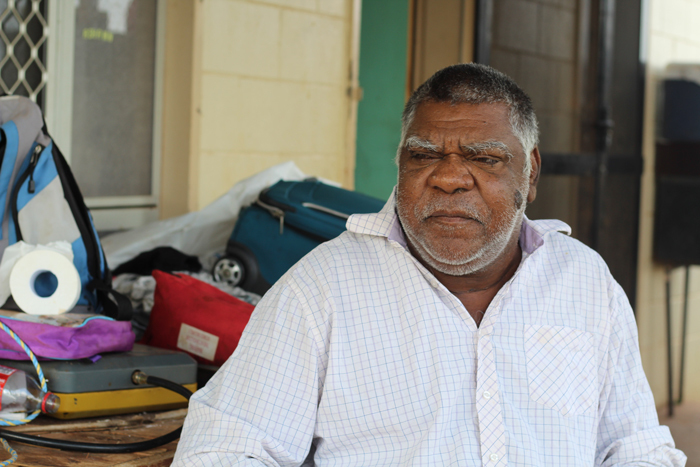
One of those community groups pushing for action is the Aboriginal-led non-government organisation Original Power. After long negotiations with the government, they facilitated and installed a full rooftop solar system for long-term Tennant Creek resident Norman Frank as a trial, to prove that solar could be integrated with a prepaid meter.
Norman, a local Warumungu man, says before the system was installed in 2021 he struggled to keep the power on for his family and keep his essential medications cool in the fridge.
“I used to spend too much money on power. Now I put in $50 and it lasts me two or three weeks,” he says.
He says he hopes his house, believed to be the first prepaid meter household in the NT integrated with solar, won’t be the last.
“We aren’t millionaires, we struggle every day. I think the government should be putting solar on every house in Tennant Creek and right throughout the region. You see it in the city, why can’t we do it out here?”
Overcoming the hurdles
Original Power’s Lauren Mellor says the success of the work on Norman’s house has shown that none of the hurdles put up by the government are insurmountable.
“There are a range of structural roadblocks, they are policy and regulatory in nature, but they can all be overcome,” she says.
“The real hold up is not in any of the technical issues of the integration, it’s that the utility provider isn’t considering how retail energy customers should be able to access rooftop solar.”
She says an upcoming federal government roundtable in the NT in May to develop a First Nations Clean Energy Strategy could provide the impetus for much-needed reforms.
We are facing a crisis now where the temperatures are hotter and the cost of living is harder than they have ever been and Indigenous people are feeling it the worst
Lauren Mellor, Original Power
“We simply can’t afford to wait any longer for these kinds of projects to be brought forward. It’s not sustainable for them to be funded through philanthropic or charity means, they are the responsibility of the government. We need to make sure we don’t leave anyone behind in the clean energy transition,” she says.
She adds the affordability of electricity hasn’t been a high priority for the NT government for a long time and that remote housing is often overlooked. She says the utility and the retailer are not being directed by the NT government to prioritise access to lower-cost renewables for low-income and Indigenous customers on prepaid meters.
“We are facing a crisis now where the temperatures are hotter and the cost of living is harder than they have ever been and Indigenous people are feeling it the worst. There does need to be government intervention to ensure that the solar and batteries that have been widely embraced by the rest of Australia are available here,” she says.
The government responds
Selena Uibo, the Northern Territory Minister for Renewables, Energy and Aboriginal Affairs says her government is working closely with the federal government to ensure Territorians benefit from programs supporting the uptake of renewable energy.
“Remote communities often run off a single isolated diesel power station and new solar PV systems can have a significant impact on network stability, which can impact upon all customers connected to the electricity network,” she says.
She says that the government is looking to expand on the three trial sites already up and running while “ensuring that we have stability of the grid,” adding that some prepayment meters need to be upgraded to support solar import and export.
Remote communities often run off a single isolated diesel power station and new solar PV systems can have a significant impact on network stability
Selena Uibo, Northern Territory Minister for Renewables, Energy and Aboriginal Affairs
The government’s Remote Power System Strategy is aiming to achieve an average of 70% of the energy in the 72 Indigenous Essential Services (IES) communities coming from renewables by 2030.
“We will continue to explore what is possible with current and future technology when it comes to renewables and to ensure that all Territorians have the opportunity to join the journey towards a sustainable model of cleaner, greener energy,” Uibo says.
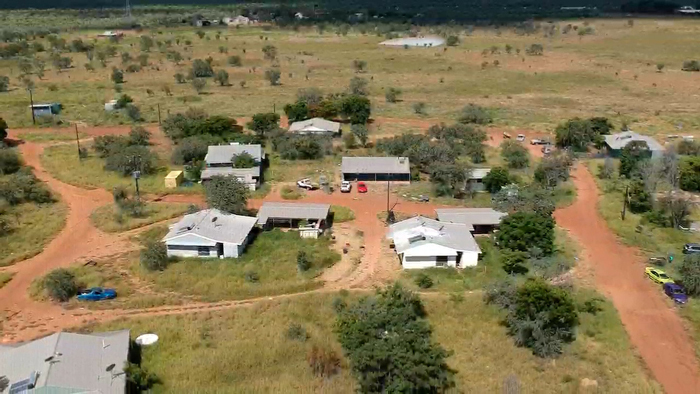
It’s our home
Back in Marlinja, Ethan says the community has been working with Original Power to try to start a solar project here that will see household energy costs reduced across the community. They have a trial site on the roof of the community centre, but want to see it expanded across the houses in town.
He says he hopes the next generation won’t have to struggle with energy in the same way.
“We need sustainable houses to be living in for them and their generation. Growing up here, you can see climate change, it’s getting hotter and hotter,” he says.
Ethan adds that for him moving away from Marlinja isn’t an option.
“This land gives us so much food and water and it’s our home, it’s our backyard, it holds our identity, who we are. When you go back home for the first time and you get that feeling in the guts, it’s the feeling we get all the time here,” he says.



